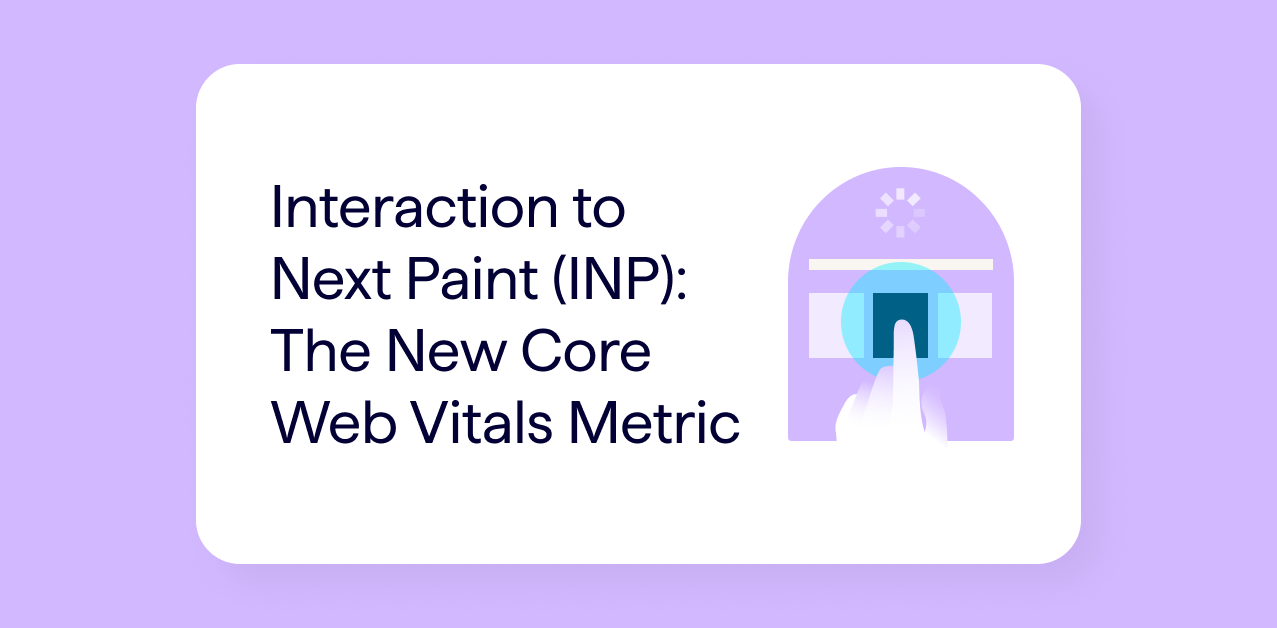SEO ROI: How much revenue does SEO actually produce?
One of the key takeaways from our recent 7 things CMOs need to know about SEO post was marketers need to ‘focus on the metrics that matter most.’
Today we want to take a deeper dive into driving ROI from SEO.
We know organic search can help make your website more visible. We know optimizing your site can generate more traffic, more conversions, and more revenue.
But we also know SEO involves investment.
From the outset websites cost money. The same goes for many SEO tools. And this is before we’ve even considered the time and people it takes to run and maintain organic search campaigns – whether you decide to do it yourself, hire someone in-house, or work with an agency.
The good news is compared to other traditional marketing methods and most digital ones, the value of targeted customers who convert via SEO is generally high, and a lot of SEO best practice doesn’t have to break the bank.
The metrics that matter – beyond traffic and brand awareness
When it comes to organic search, there are a lot of metrics used to justify its worth. Some of them are more useful – or tangible – than others.
Traffic is perhaps the most obvious. The higher up the rankings in Google’s (or Bing’s, Baidu’s, DuckDuckGo’s, etc.) SERPs you appear, the more traffic you are likely to get.
This is no bad thing. But it’s wrong to assume an increase in organic traffic alone is going to result in more conversions and/or revenue. Good traffic doesn’t always mean good ROI.
Some eCommerce wisdom ???? from guest speaker @heylolo on our Gather & Grow series.
Driving traffic & views is one thing, but turning that into an opportunity is another level of complexity. Views/traffic can be more of a vanity metric if your real goal is to capture leads. ???? pic.twitter.com/eV0Ah5njUH
— Superside (@SupersideHQ) August 19, 2020
If your landing page isn’t optimized to reflect the content as promised by the keyphrase, or your site design is frustrating for users, the vast majority of this traffic will bounce as soon as it arrives.
We also know visibility in the SERPs can help with brand awareness. But just because you can show more web users are aware of your brand or product, this doesn’t mean more visitors are engaging with your content or buying your products.
Even if we mine down into the data enough to see a boost in sales after implementing some SEO tweaks on a website, are these sales of items we want to focus on?
Could that investment in time and money have been better spent on another higher value keyphrase?
Is a less competitive keyphrase for a higher-ticket product going to have better ROI over the long term?
Why SEO increases conversions
Search marketers are very lucky with the breadth of data they have access to.
Conversion rates, for example, tell us the percentage of visits to a site that will convert. Recent eCommerce benchmarks from Episerver put average conversion rates for visitors from organic search at 2.8%. That’s nearly three in every 100 site visits resulting in a purchase.
Your conversion rates before embarking on any SEO optimization may well be lower than this. But understanding conversion rates and traffic together can start to give a more rounded view of the value of SEO.
According to Advanced Web Ranking, a search result in position 1 is likely to get double the amount of clicks than a result in position 2 (30% compared to around 13%).
 Source: Advanced Web Ranking
Source: Advanced Web Ranking
So if we’re already getting 30 sales from 1000 visits per day for position 2, we’d be looking at around 60 sales from 2000 visits each day for getting to that number 1 position.
Basic analytics can also help you discern conversion rates per user rather than per visit, giving a better idea of whether to focus on new or returning customers. You can also segment by device, helping you understand whether people are more likely to convert via desktop or mobile, which can help to ensure your strategy is focused in the right area.
How does SEO impact business revenue?
Looking at revenue takes our understanding of SEO value one step further.
Revenue adds in another metric, Average Order Value (AOV), and gives us an idea of the monetary value of those sales and conversions we discussed above.
Average revenue from organic search can vary from sector to sector, mobile to desktop, country to country – but recent data from Wolfgang Digital sees 33% of revenue comes from organic search overall.
It is also continuing to grow, increasing more than 20% year-on-year (even before the digital boom that took place in response to the Coronavirus pandemic).
As we touched upon earlier, SEO can help you focus on the high-value keyphrases you want to rank for. If you only have a limited budget or a small team, focusing on boosting the rankings of your $100 product rather than your $20 might be a better use of resources.
Getting 60 $100 sales in a day rather than 60 $20 sales for the same investment is certainly the better way to go. But we can only make that strategic call if we have access to our conversion rate and AOV data on top of our traffic numbers.
How effective SEO allows you to drive the right audience to the right content
Ranking for product and/or service-related keyphrases helps your chances of capturing the attention of consumers who already have an intent to purchase.
Good keyphrase research, technical SEO health, and landing page optimization improve the chances that a customer can find what they want with minimal clicks, leading to prompt conversion for you and a good experience for them.
Why SEO’s focus on user experience drives greater revenue
Having happy users spending time on your site is, in the first place, good for them. Customers are likely to be engaged with your content and not in any rush to leave. High bounce rates are not an indicator of good UX or good SEO and can harm your chances of ranking well.
Clear onsite architecture, quick page loading times, and tools such as site search will give users a positive experience. This also means people are more likely to return to make a purchase at a later date. And they might even become an advocate for your site, telling their friends and family how easy it was to use and find what they needed.
But good UX and good SEO also have a reciprocal relationship. If users are having a good, quick, seamless experience, Google will acknowledge this. This means your rankings are more likely to improve, and so too will your traffic, CTRs, conversions, and sales.
Why SEO can help with customer retention
It is often said that SEO is not a one-time or a ‘quick fix’ thing. It can have long term value, much like your customers.
When delving into your site analytics it doesn’t take long to start to understand that the value of returning customers can be quite different from those who are converting for the first time. They often spend more than first-time buyers, and they are more likely to be an advocate for your brand.
SEO can help businesses build these long term relationships.
Keyword research can help you understand related searches to the products you sell, ensuring you have the landing pages for related products or supporting cluster content optimized for customers making post-sale searches.
These searches might be more long-tail. Consider accessories or replacement parts, for example. Post-sale searches might also be more content based – how-to videos, engaging thought leadership, or digital instruction manuals are good examples too.
Of course, this all adds to your authority in the eyes of Google. If you can provide the post-sale content or related products your customers are looking for, it’s easier to drive more traffic, more engagement, and more reason for Google to reflect this favorably in the SERPs.
A final point: Good SEO needs good data
SEO can clearly be a great tool for improving your revenue and can provide a fantastic ROI. But the one thing that underpins all of what we’ve discussed is the need to have access to comprehensive data and an understanding of the metrics that matter.
The good news for small businesses and marketers seeking to do SEO themselves is most of what we mentioned above is freely available. For enterprise-level businesses, analytics is an investment – but an essential one.
Having a good handle on traffic, sales, conversion rates, segmentation of visitors, CTRs, AOVs, etc. all goes towards ensuring your site is ranking well and catching the eye of users who already have the intent to purchase.
You might be getting traffic for certain keywords, but what about your high-value products? Are consumers engaged with your site, or are they bouncing back to the SERP? Are your customers looking for related products and services post-sale? Are they advocating for your brand?
These are all valuable questions that can be answered with SEO and analytics. And the value of organic search is certainly not diminishing.
As more consumers turn to Google to start their path to purchase, digital marketers will need to place more focus on search to appeal to new consumers and to build strong relationships with the customers they already have.





